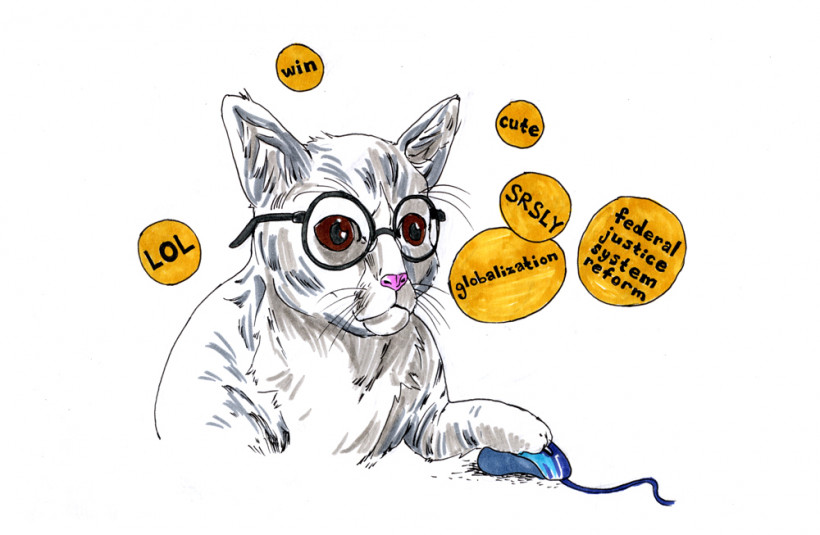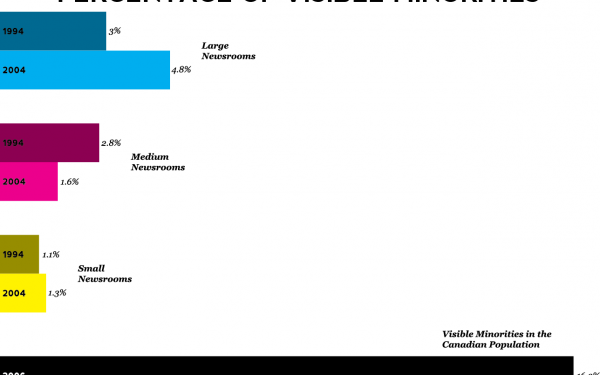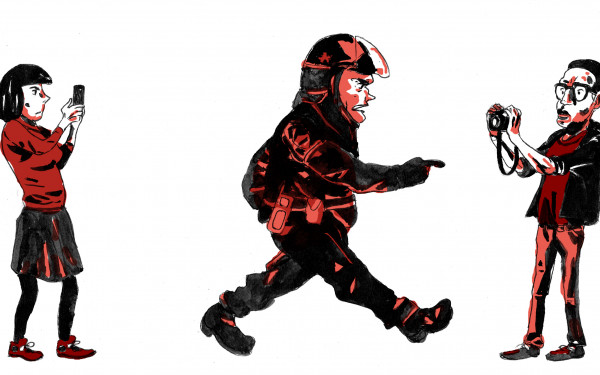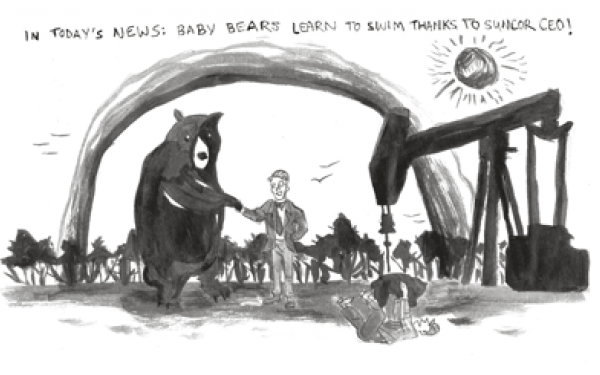Can BuzzFeed do Serious Journalism?
On Sept. 28 last year, thousands tuned into Fox News’ Studio B with Shepard Smith and watched as wanted felon Jodon Romero ended an hour-long police chase with something unpredictable.
Stumbling out of the vehicle he carjacked, he put a handgun to his head and pulled the trigger.
Within hours, Jessica Testa, reporter for viral content website BuzzFeed, had already posted the video online. The post was viewed over 357,000 times.
BuzzFeed’s reasoning at the time was clear.
“Making an editorial decision on how to cover a sensitive, tragic news event like this is never an easy one,” spokesperson Ashley McCollum said.
“But it is, indeed, a news event and we are a news organization.”
Eight months later, Testa wrote about the incident for BuzzFeed again.
Except this time it came in the form of a 5,000-word story explaining why Romero did what he did. Testa travelled to Arizona, spoke with Romero’s sister and told his backstory.
The story received more views than the original post.
BuzzFeed’s transition to becoming a “news organization” started in December 2011 when it hired then-Politico writer Ben Smith as its new editor-in-chief.
The website’s lesser known side, where its journalism lives, has continued to grow ever since.
Testa’s Romero story was one of BuzzFeed’s first long-form, in-depth articles.
The only problem was, within days, the story was gone from the site’s front page. BuzzFeed’s content churning nature had it replaced by what you mostly see there: tons of lists, sponsored posts, linkbait photos, memes and viral videos.
That problem was fixed this past April when BuzzFeed launched BuzzReads, a place for its longer stories to call home. A few months earlier, the site had hired former SPIN magazine editor Steve Kandell to oversee the project.
He’s played a key part in deciding what kind of stories the site wants to report.
“The one thing that I think we’ve been using as a criteria is, what would be the longer, narrative nonfiction journalism equivalent of something that would have the same effect on you as a bunch of cat GIFs,” Kandell told the Longform Podcast in June.
“Not because it’s cute, but because it’s the kind of thing that makes you go, ‘Okay, I need a lot of other people to see this,’” he said.
And now, BuzzFeed has taken another step towards journalism.
Last month, it announced it was not only expanding its reporting staff, but introducing an investigative unit led by Pulitzer-winner Mark Schoofs. Schoofs joins the site from ProPublica, where he worked for the last two years after spending over a decade at the Wall Street Journal.
In a statement, BuzzFeed’s Smith said Schoofs was the kind of reporter the site needs as it continues to “expand the kind of rigorous reporting that people want to read and share.”
The new investigative unit will count about a half-dozen reporters. BuzzFeed now employs more than 130 reporters overall, including a team of foreign correspondents, which are of a dying breed. The company employs journalists based in the Middle East and Eastern Europe.
Whether or not the site’s push towards serious journalism will last remains to be seen.
BuzzFeed’s not going to become anyone’s first stop for hard-hitting news anytime soon, nor does it really have to.
Its size alone and recent commitments to journalism make it an interesting player in the field.
And we’re still a long way away from people going there primarily for news, but people do go there—some 85 million every month. And that’s not a bad place to start for a “news organization.”






